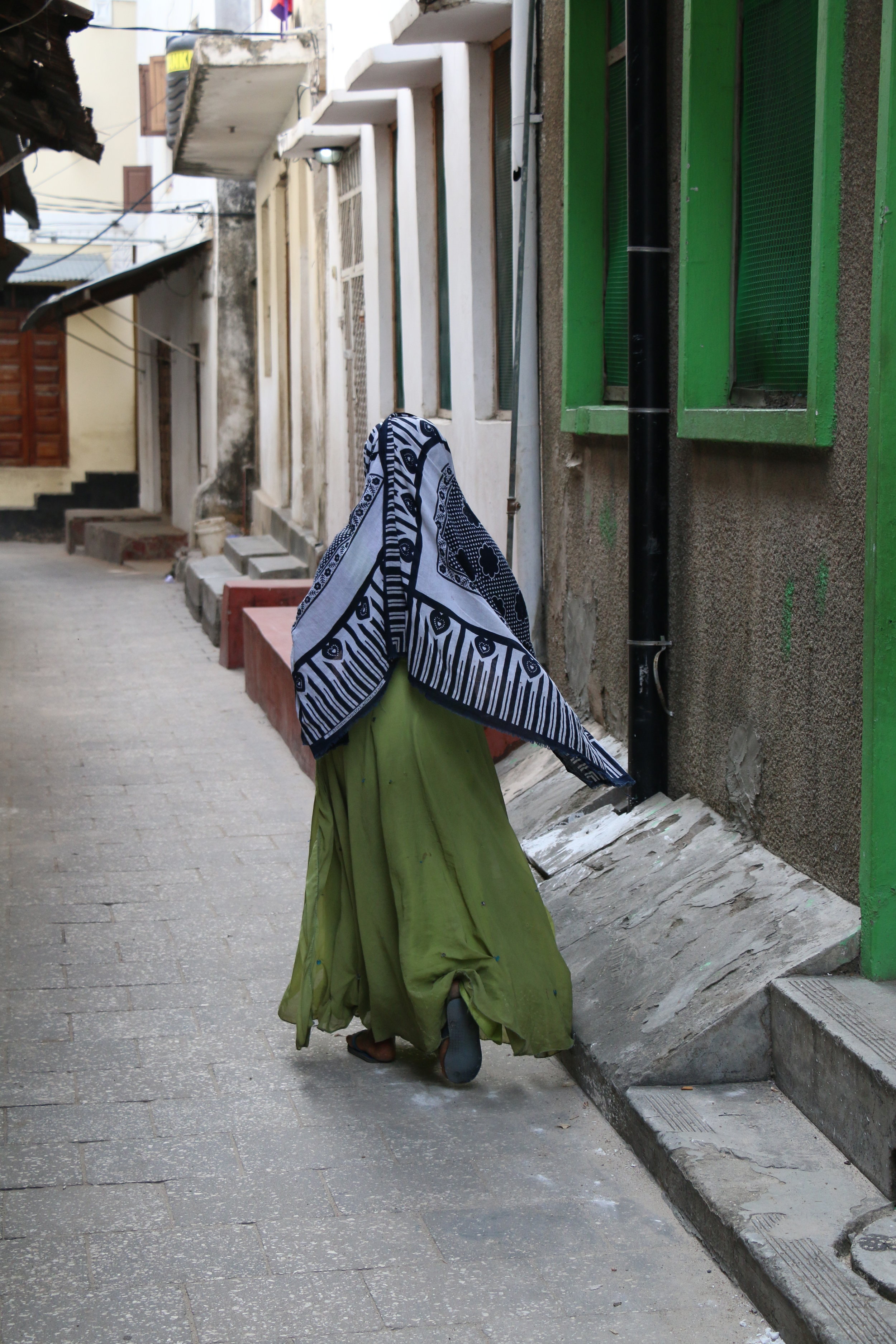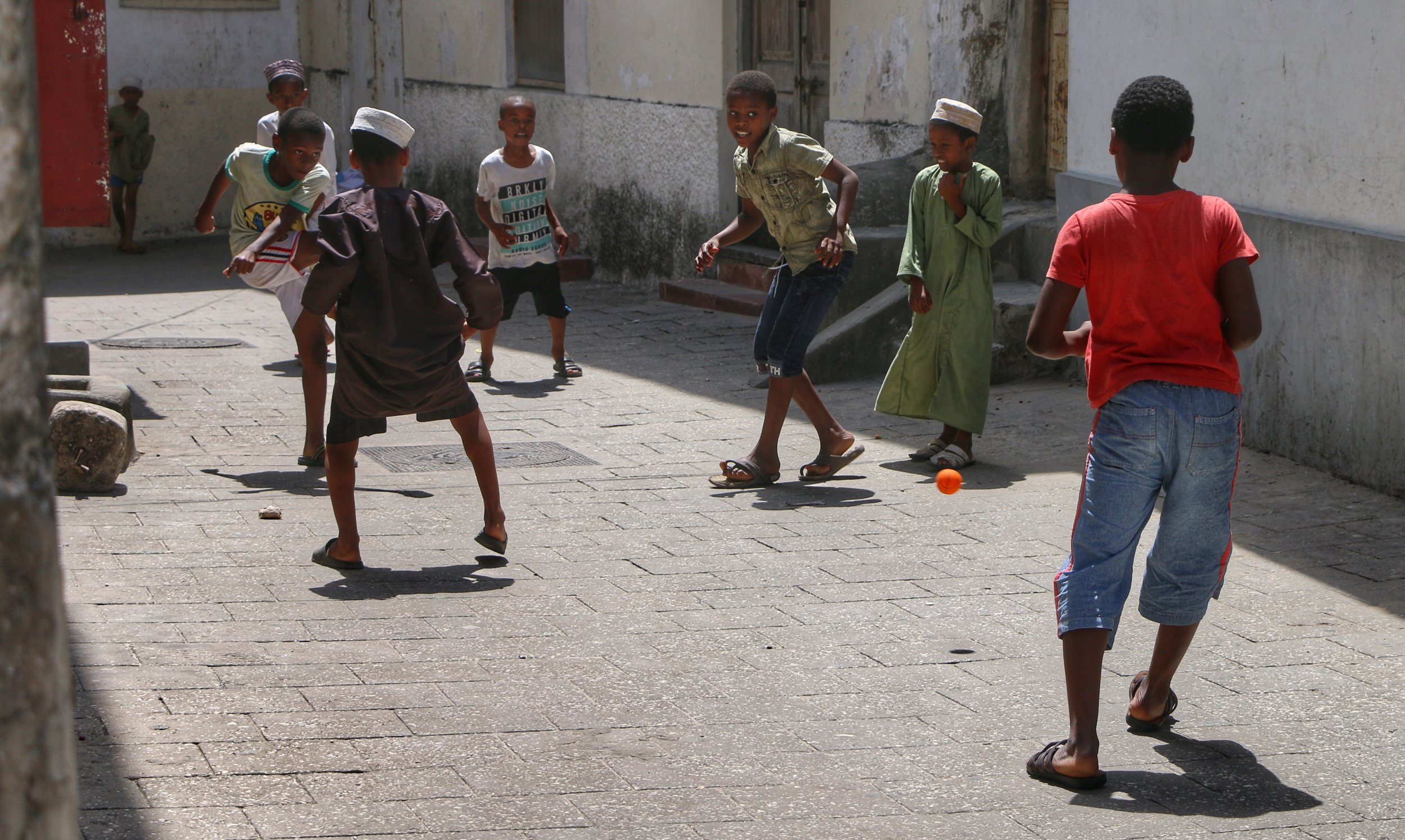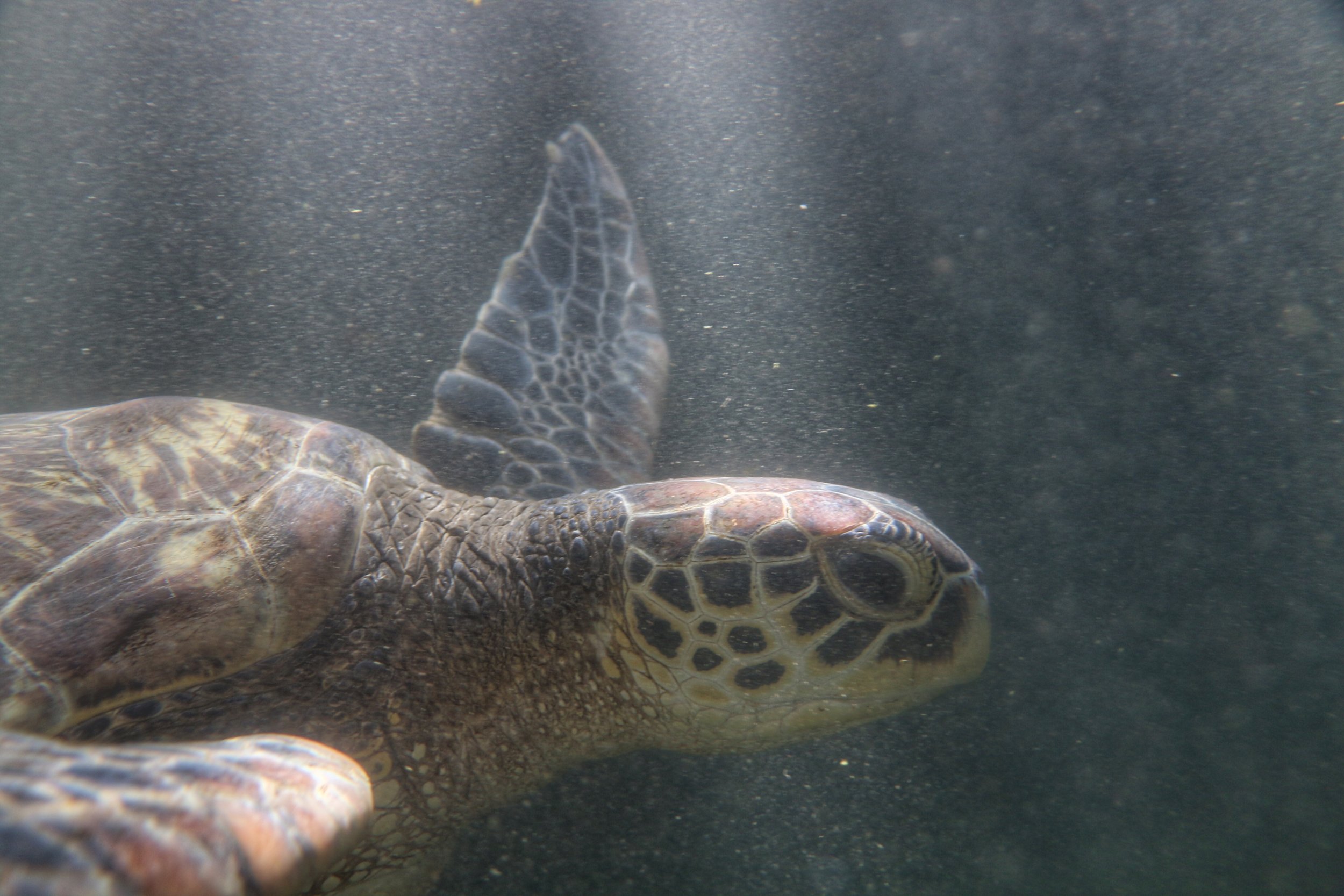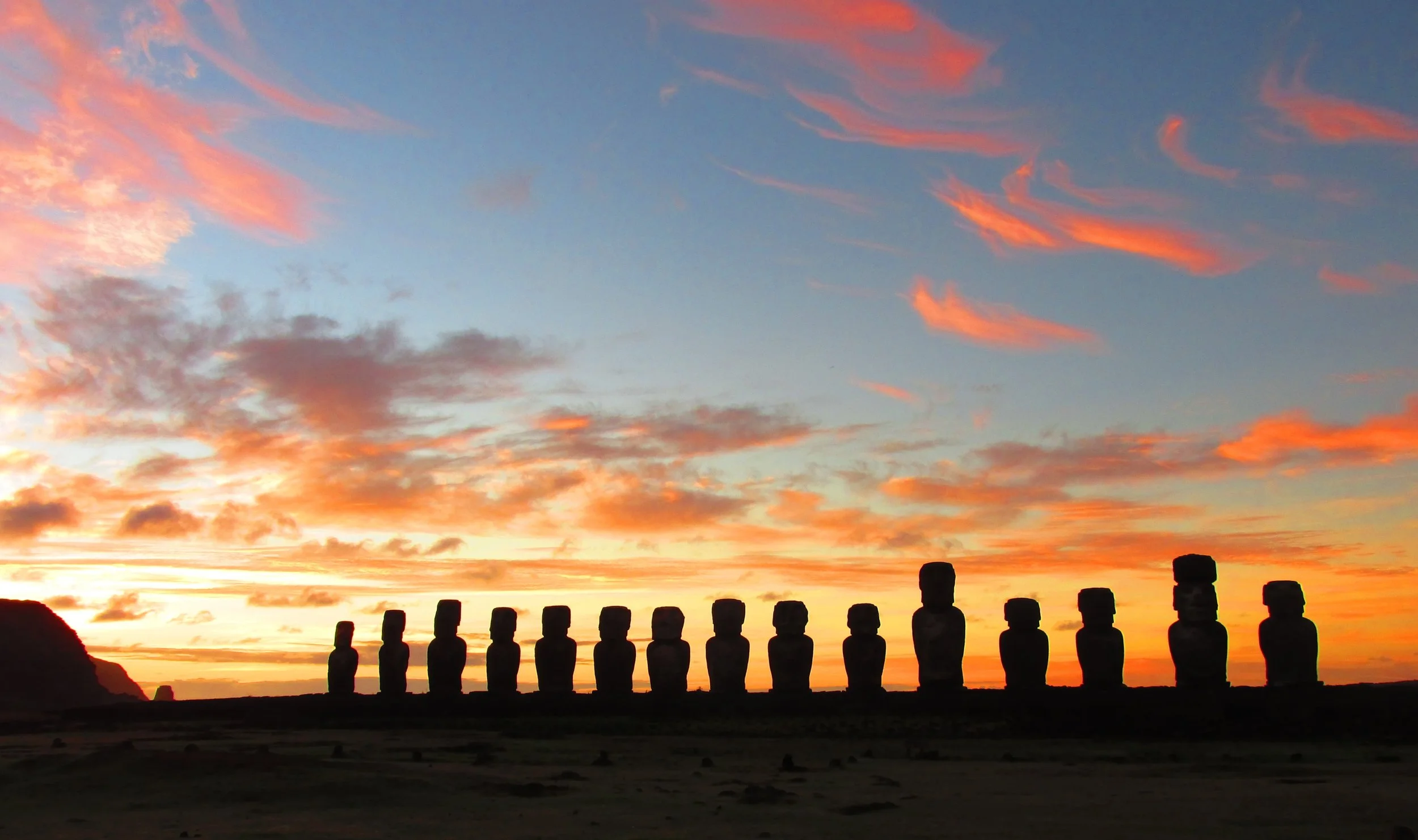If you’re looking for something completely different from game drives and truck life, Zanzibar is worth a go.
A semiautonomous region of Tanzania (we had to go through immigration, where I learned I was being hosted by the Revolutionary Government of Zanzibar), Zanzibar is technically an archipelago off the east coast of the mainland. It’s history is long and complex - it’s a convenient nexus between Africa, India and the Middle East, and has been host to traders from many cultures for hundreds of years. When Vasco De Gama landed there in 1498, he found it peopled by a mixture of races and creeds, and governed by a sultanate. Over the centuries it was claimed by the Portuguese, by the sultan of Oman, and by the British empire. In 1963, the British protectorate was abolished with plans for it to become a constitutional monarchy under a sultan. However, just a month after that the sultan was deposed in a bloody revolution. Several months after that, when the dust settled, Zanzibar merged with the mainland country of Tanganyika and became present-day Tanzania.
I’m a sucker for cities that put charming details on their utility covers. (Please ignore my filthy toes. )
We arrived by ferry in UNESCO-protected Stone Town, the historic heart of Zanzibar. A trading hub for centuries, spices, ivory, slaves and more flowed through its markets. Today, spices are still a major export, but tourism is its bread and butter.
A floating restaurant in Stone Town’s harbor
The stones in Stone Town were originally blocks of coral, and wandering through its winding back alleys is a fun way to spend a day. There is no shortage of souvenir shops, tiny restaurants selling local delicacies and tolerant locals who are willing to point a lost tourist in the right direction. I was there on a school day, and kept running into masses of school kids on their way home for lunch or out to play kickball in the street during recess.
As charming as Stone Town is, most people come for the beaches. Miles of white sand, palm trees and warm turquoise water add up to paradise, whether you’re a sun bather or a SCUBA diver. We had a blissful three days of lounging, diving and eating (we were on a vacation from our overland vacation - sleeping in hotels and eating in restaurants instead of tents and campfire food) and I could have happily stayed just a little longer.
My attempt at some dive photography - I don’t have a lighting element on my underwater camera housing, so all my photos came out VERY blue
While I largely gave myself over to the beach bum lifestyle, I did rouse myself long enough to visit one tourist attraction: the Nungui Natural Aquarium. This natural pool of sea water hosts injured sea turtles that are found by fishermen and brought here to recover. While they do that, tourists come and pay a nominal fee to feed and swim with them. Having so much human contact is probably not an ideal situation, but at least this is a venture that shows the locals that turtles are worth more alive than dead and they are worth protecting. And it was pretty magical to hop in the water and drift around with them.
If you go: the ferry ride from Dar es Salaam is easy and air-conditioned (even if you don’t opt for VIP or Royal status) but can be rough - if you’re at all prone to sea sickness, consider bringing something for that. It’s also possible to arrive by plane. Even for the most die-hard beach enthusiast, it’s worth planning to spend at least a day in Stone Town, exploring the markets and the historical sites. A carnival-like food market sets up on the quay every evening, if you like shawarma and kebabs, but be prepared for a hard sell from hawkers and always confirm the price ahead of time.














